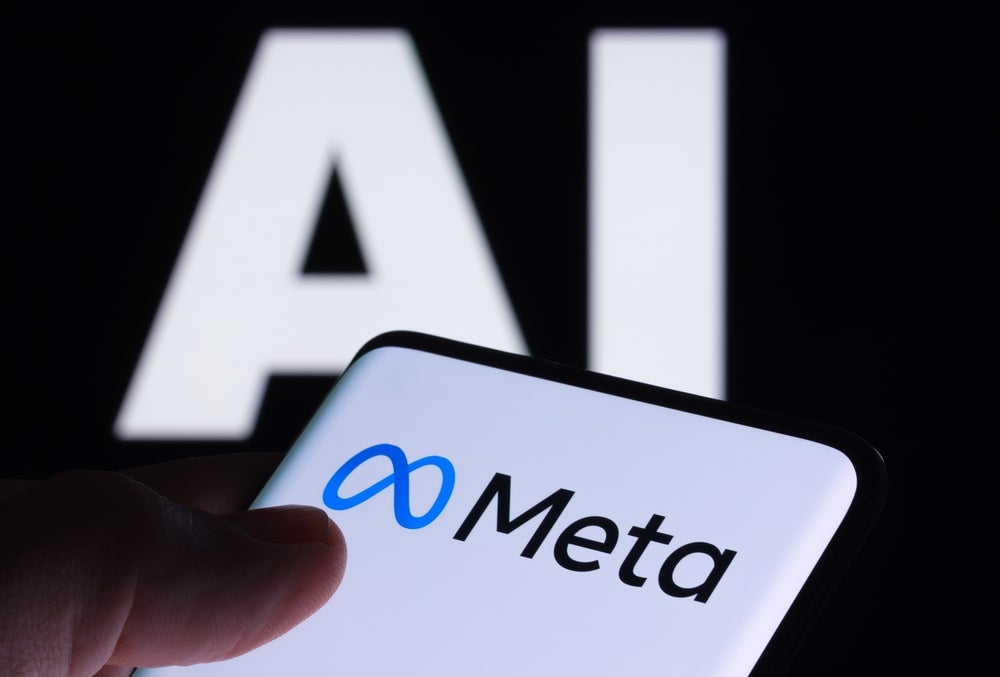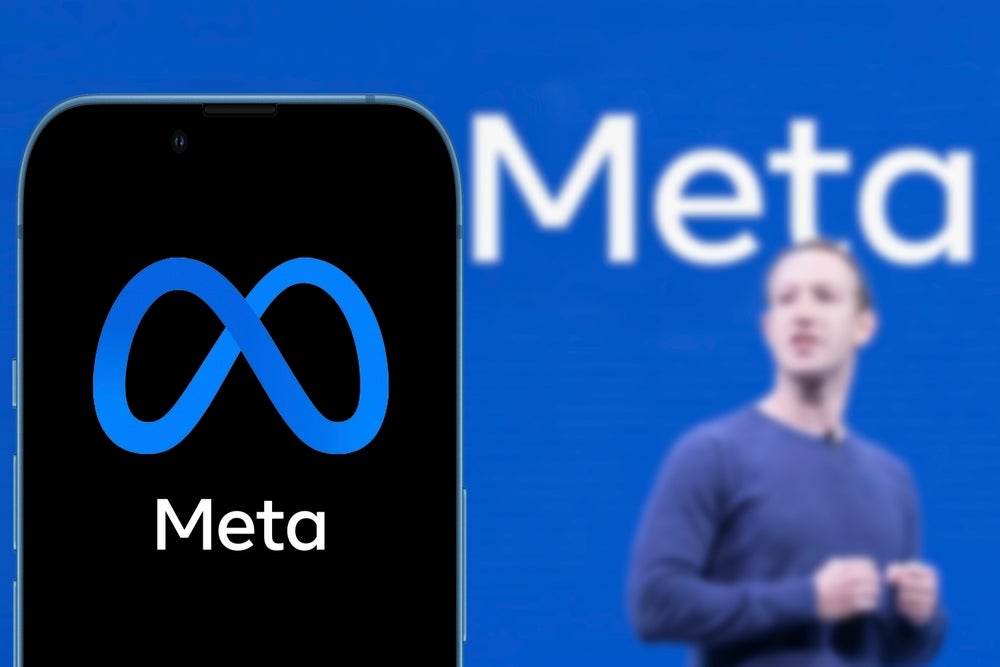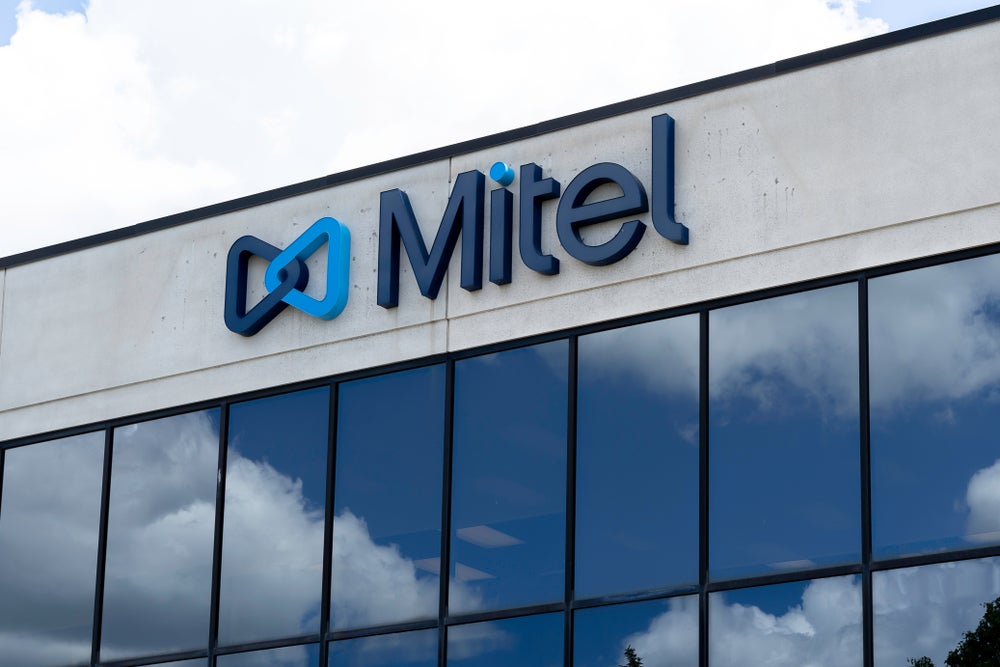Meta recently released Llama 2, the latest version of its open-source large language model (LLM), which uses artificial intelligence (AI) to generate text, images, and code.
Llama was first released in February 2023 as a collection of foundation models, and it was made available exclusively to researchers. Now, Meta has just released the commercial version of the LLM, which will enable developers and businesses of all sizes to build applications.
Because the technology is open source, access to Llama gives anyone the opportunity to improve the AI, accelerating technological innovation. By contrast, OpenAI’s GPT-4 is a so-called ‘black box’ in which the data and code used to build the model are not available to third parties.
The general availability of Llama 2 via open-source is a significant step because the LLM is considerably larger than other open-source LLMs and benefits from Meta’s AI pedigree. Llama 2 comes in a variety of sizes, the greatest of which reaches 70 billion parameters. This is quite small compared to OpenAI’s latest LLM, GPT-4, with a rumored size of one trillion parameters. Broadly speaking, the more parameters, the better an AI model can understand input and generate good-quality output.
Meta has a business model based on advertising revenues
GlobalData believes it makes sense for Meta to open source the LLM: Meta’s business approach, based on the potential revenue streams from advertising on Instagram, Facebook, and WhatsApp, differs starkly from competitors. It varies from OpenAI’s classical proprietary focus since the company charges a monthly fee for access to the premium version of ChatGPT. It also strays from the approach of hyperscalers like AWS, Microsoft Azure, and Google Cloud, which make money by selling their computing power, essential for running power-hungry generative AI (GenAI) applications.
However, like Meta, Google also has an important advertising business, and its latest financial results have confirmed that this revenue stream is benefiting from recent GenAI investments.

US Tariffs are shifting - will you react or anticipate?
Don’t let policy changes catch you off guard. Stay proactive with real-time data and expert analysis.
By GlobalDataWith the release of Llama 2, Meta is challenging OpenAI’s market hegemony. This open competition against Microsoft-backed OpenAI has not stopped Meta from selecting Microsoft to be its ‘preferred partner,’ thus benefiting from its formidable commercial acumen. Llama 2 will be distributed by Microsoft through its Azure cloud service and run on the Windows operating system. It will also be made available via direct download and through AWS and Hugging Face. Llama 2 is being released in three versions, including one that can be built into an AI chatbot. Organizations of all sizes can now play around with its foundation models to create new GenAI models including, potentially, rivals to OpenAI’s ChatGPT or Google’s Bard.
Making Llama 2 open source does not mean that Meta will not commercialize its GenAI products in the future, perhaps charging organizations in the advertising industry for fine-tuning Meta’s models using its own proprietary data. The company has been open about ambitions to leverage GenAI to improve the effectiveness of its ads and established a new top-level product group to focus on this strategy earlier in 2023.
Open sourcing LLMs has both advantages and disadvantages
The benefits of open sourcing LLMs are manifold: greater adoption by users who then input more data for the model to process, the opportunity for users to spot and address bugs, improving the technology and security, and so on. However, the idea of open sourcing LLMs has been a divisive issue since GenAI broke into the mainstream, and it is not without its risks. While Meta’s executives have been waxing lyrical about the virtues of open source such as greater openness and transparency, many argue that the foundation models of LLMs should not be widely available.
There are serious question marks about the potential dangers associated with this strategy because the technology is more likely to be exploited if its code is freely available online. And the difficulty of regulating the technology will only grow larger with its open-source availability. The release of Llama 2 is bound to accelerate the current competitive dynamics in the market. The race is undisputedly getting hotter, with Google recently announcing new foundation models including Palm 2 and updates to its Bard chatbot such as multimodal capabilities like the ability to accept images, in addition to text, as a prompt.
By making its LLM available online, Meta will benefit from the free work of developers improving on its technology and developing an ecosystem of applications around it. Llama 2 could also throw a spanner in the works of rivals’ plans to earn revenue off their proprietary technology, whose value will be diminished by the free availability of Meta’s technology. GlobalData expects the GenAI market to accelerate in the coming months, making this dynamic landscape even more interesting to watch.









